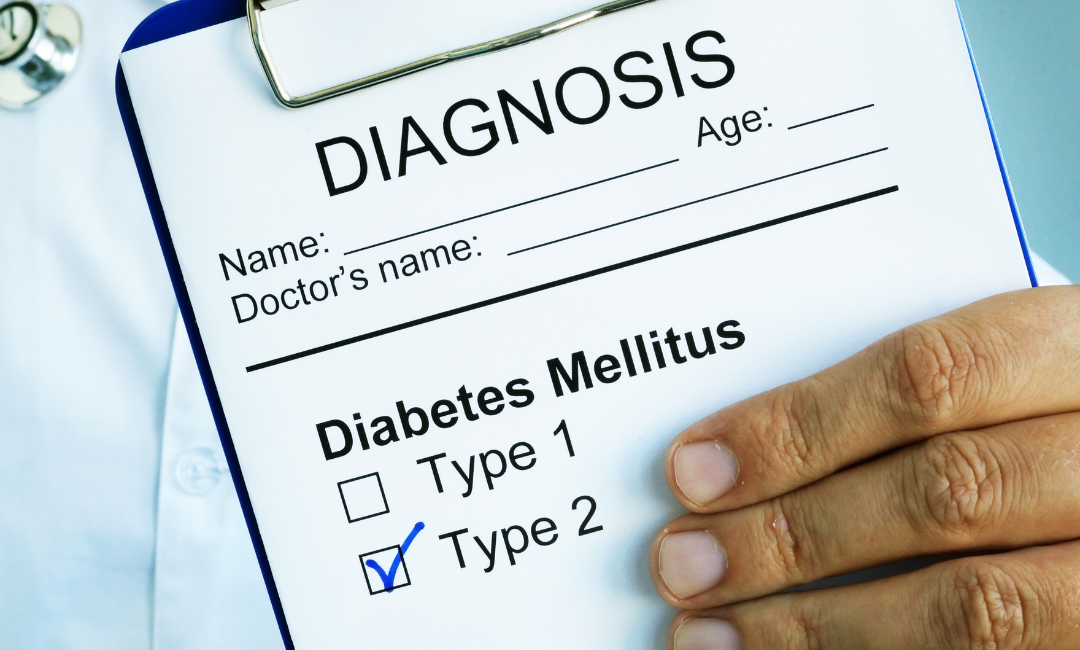An Introduction to Opioid Agonists
To control large amounts of pain, you need to administer opioid agonists. They include:
- codeine
- fentanyl citrate
- hydrocodone
- hydromorphone hydrochloride
- levorphanol tartrate
- meperidine hydrochloride
- methadone hydrochloride
- morphine sulfate
- oxycodone
- oxymorphone
- propoxyphene
- remifentanil
- tramadol
The gold standard opioid agonist is morphine.
Opioid agonists can be given through any route. However, inhalation administration is uncommon. When given orally, they are readily absorbed from the gastrointestinal tract.
Transmucosal and intrathecal opiates are fast acting. When given intravenously, they provide immediate relief. Through subcutaneous and IM routes, absorption may be delayed, especially in patients with poor circulation.
Opioid agonists reduce pain by binding to the opiate receptor site in the central and peripheral nervous systems. They stimulate the opiate receptors and mimic the effects of endorphins—the naturally occurring pain-relieving substances in the body. Hence it leads to analgesia and cough suppression. Adverse effects, such as constipation and respiratory depression can also occur due to the receptor site binding.
Opioid agonists cause blood vessel dilation, especially of the face, head, and neck. Additionally, they suppress the cough center in the brain, resulting in antitussive effects along with constriction of the bronchial muscles. If in excess, any of these effects can become adverse effects. For example, if too much vasodilation occurs, it can result in hypotension.
Opioid agonists are prescribed to:
- Relieve severe pain due to acute, chronic, and terminal illnesses
- Control diarrhea
- Suppress cough
- For temporary maintenance of opioid addiction (methadone)
- For the induction and maintenance of general anesthesia (fentanyl and remifentanil)
- In patients with pulmonary edema or left-sided heart failure, morphine relieves shortness of breath by dilating peripheral blood vessels, keeping more blood in the periphery, and decreasing cardiac preload.








